Most financial marketing teams these days run lean. Tight deadlines mean every initiative must justify its ROI, so it’s easy to overlook something as behind-the-scenes as metadata.
For wealth and asset management marketers who are juggling everything from content creation to campaign execution and performance reporting, dedicating time to metadata may feel like a low priority.
But that assumption comes at a cost.
When implemented properly, metadata makes content easier to find, reuse, personalize and measure. It reduces manual effort, improves collaboration and brings structure to content operations that can often feel fragmented.
What does metadata do?
Simply put, metadata is data about data.
In practical terms, it is descriptive information that categorizes your content and gives it meaning and structure.
It tells systems, and the people using them, what a piece of content is, who it’s for, where it belongs and how it should be used.
By using the correct tags/categories, your content can be linked to workflows, marketing objectives and performance metrics.
For example: audience, product category, format, region, lifecycle stage, campaign and compliance status.
In a highly regulated, multi-market environment, metadata ensures that the right content reaches the right people - without risking duplication, delay or inconsistency.
Mind the data gap
You can spot the absence of metadata a mile off.
- Content is hard to find
- Teams are duplicating effort
- Approvals take longer than they should
- Reporting lacks clarity and/or consistency
By contrast, when metadata is used correctly it enables:
- Seamless content reuse
- Personalized journeys by audience or channel
- Reliable performance tracking
- Better collaboration across marketing, compliance and product
When scaling modular content, launching across multiple regions or orchestrating integrated campaigns, metadata isn’t merely a nice-to-have.
It’s essential.
Building the right MarTech stack
Successfully embedding metadata into marketing workflows requires the right tools, which can be sorted into the following five tickets.
- Digital asset management (DAM)
Tools like Bynder and Adobe Experience Manager let you tag, track and reuse content across teams. - Taxonomy & metadata management
Solutions like Smartlogic or PoolParty help standardize naming conventions—especially useful in global or multi-brand environments. - Content management systems (CMS)
Platforms like Sitecore and Contentful treat metadata as a native feature, enabling dynamic delivery and localization. - Workflow & project management tools
Workfront or Monday.com help embed metadata into the intake and approval process. - Analytics & personalization engines
Systems like GA4, Salesforce Marketing Cloud, or Adobe Journey Optimizer use metadata to segment, target and report with accuracy.
When these tools are used harmoniously, content operations become sharper, faster and easier to scale.
Seven steps to success
This isn’t an all-or-nothing exercise - it’s advisable to start small. Consider the following when building your process from scratch.
- Create awareness and assign ownership – Make sure someone owns the framework (content ops or martech often lead).
- Define core fields and taxonomy – Start small: audience, product, region, lifecycle and compliance.
- Integrate into workflows – Intake forms, templates and DAM uploads should all include tagging.
- Invest in supportive tech – Prioritize platforms that enable structured tagging and content discovery.
- Govern and train – Document field definitions, run training and build muscle memory.
- Track and refine – Monitor what metadata is actually used, and how. Iterate accordingly.
- Automate as you scale – Explore AI-tagging and dynamic personalization when your foundation is strong.
Quiet power, lasting payoff
Metadata isn’t flashy - it doesn’t headline campaigns and isn’t projected onto billboards.
Firms that treat metadata as core infrastructure - not back-office admin - build content ecosystems that are easier to manage, adapt and grow.
In a high-volume, high-stakes sector like wealth and asset management, this structure is the difference between scattered output and strategic impact.
Start small. Stay structured. The payoff is worth it.
To learn more about how Alpha Agency can assist with optimizing your metadata, contact us here.
